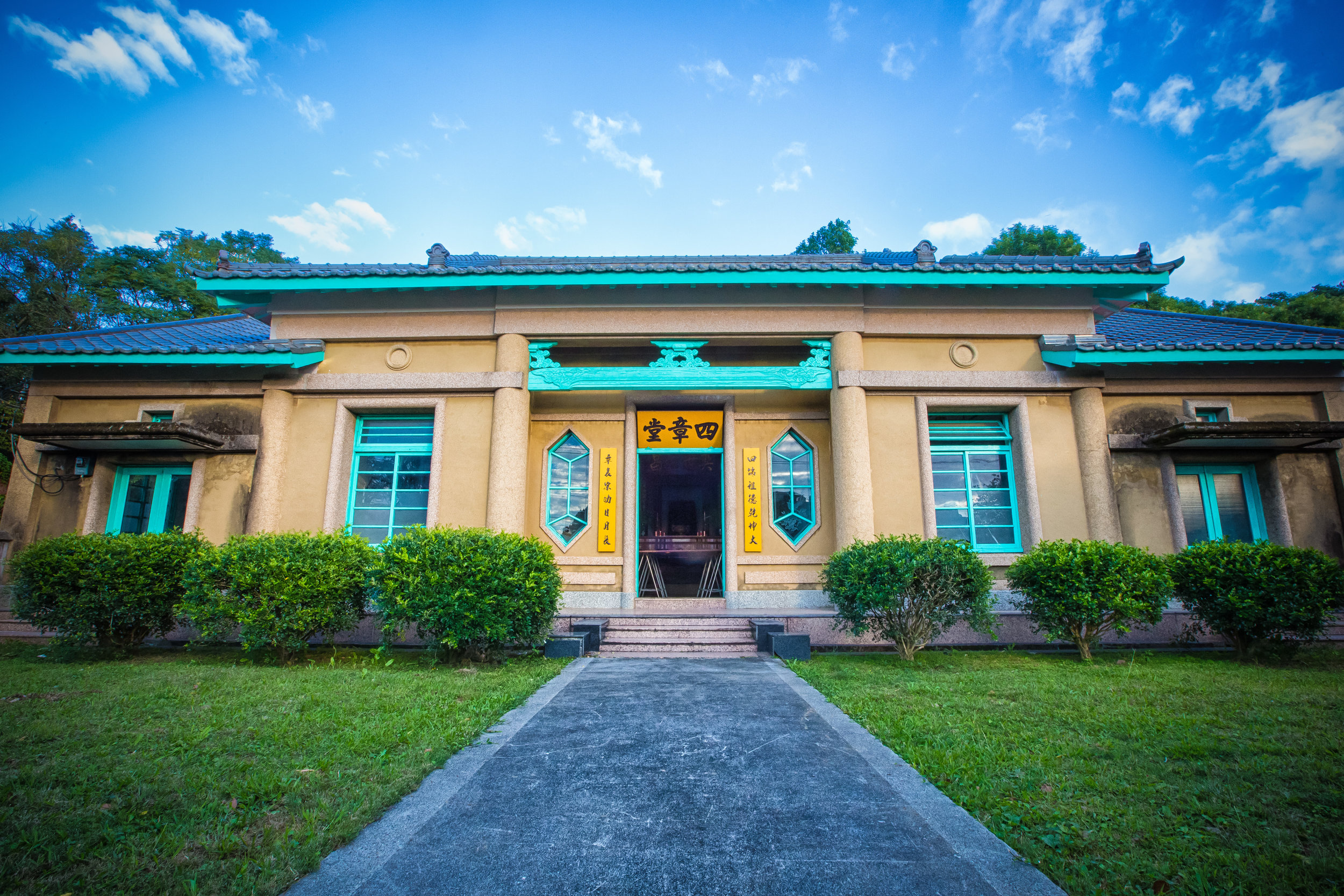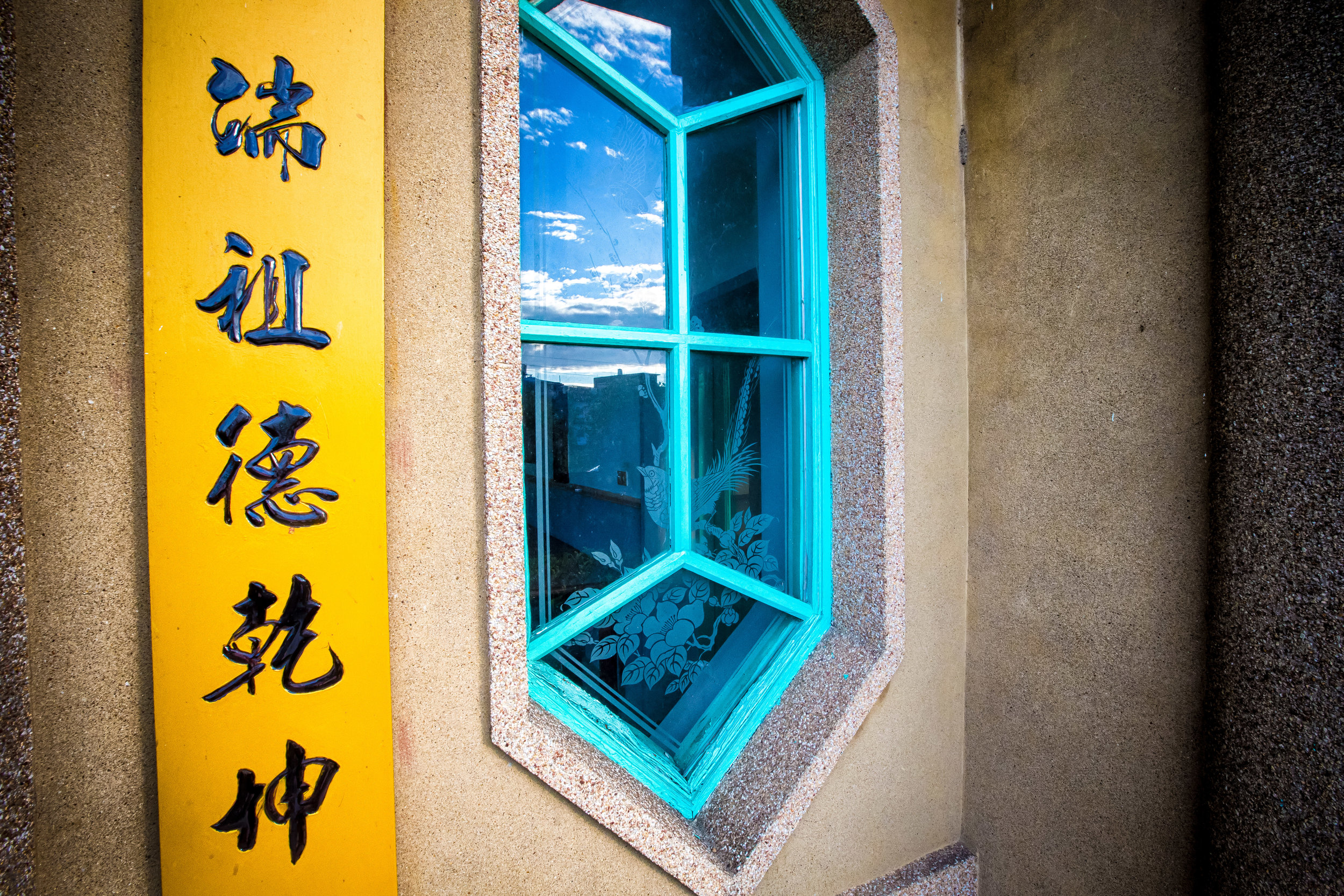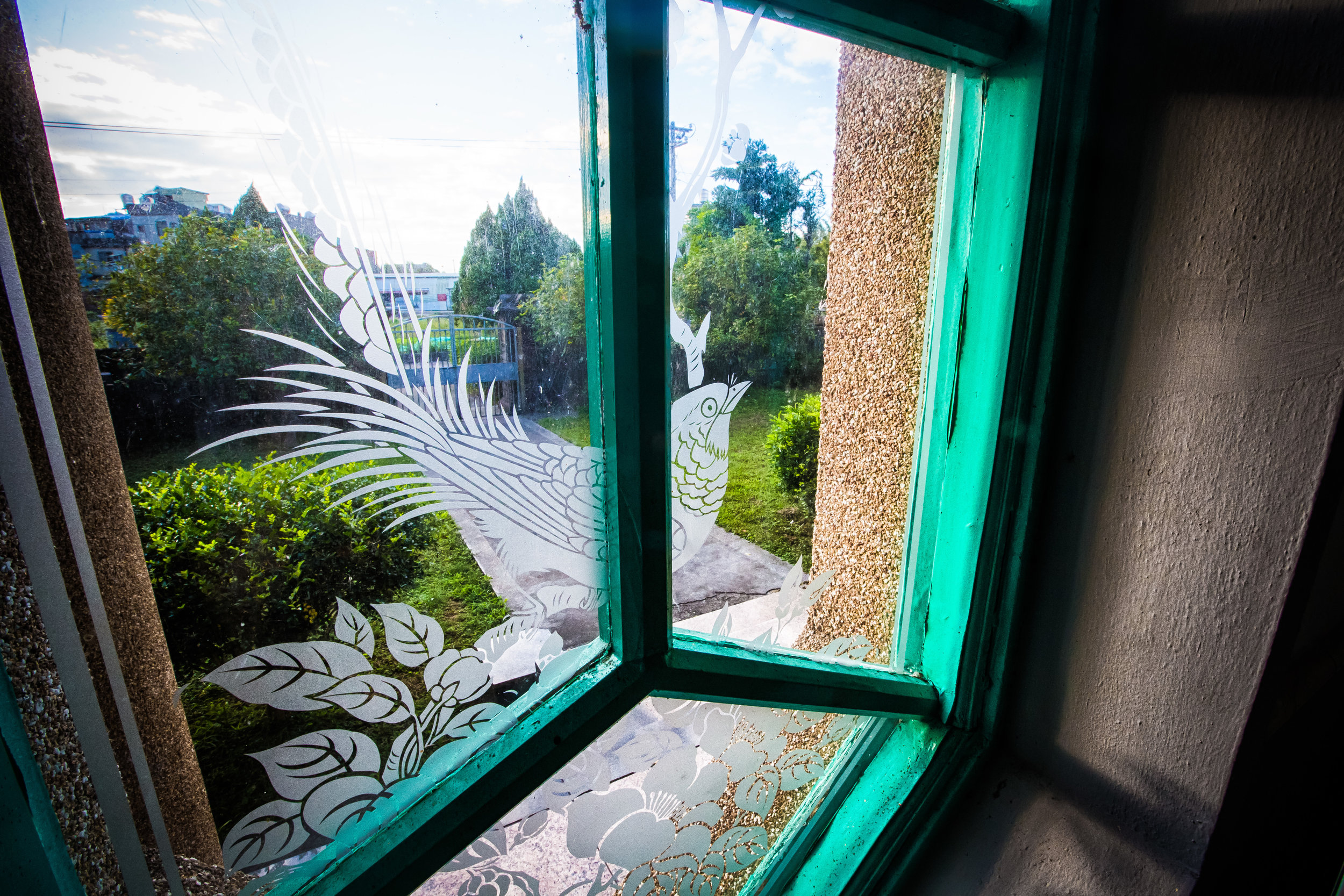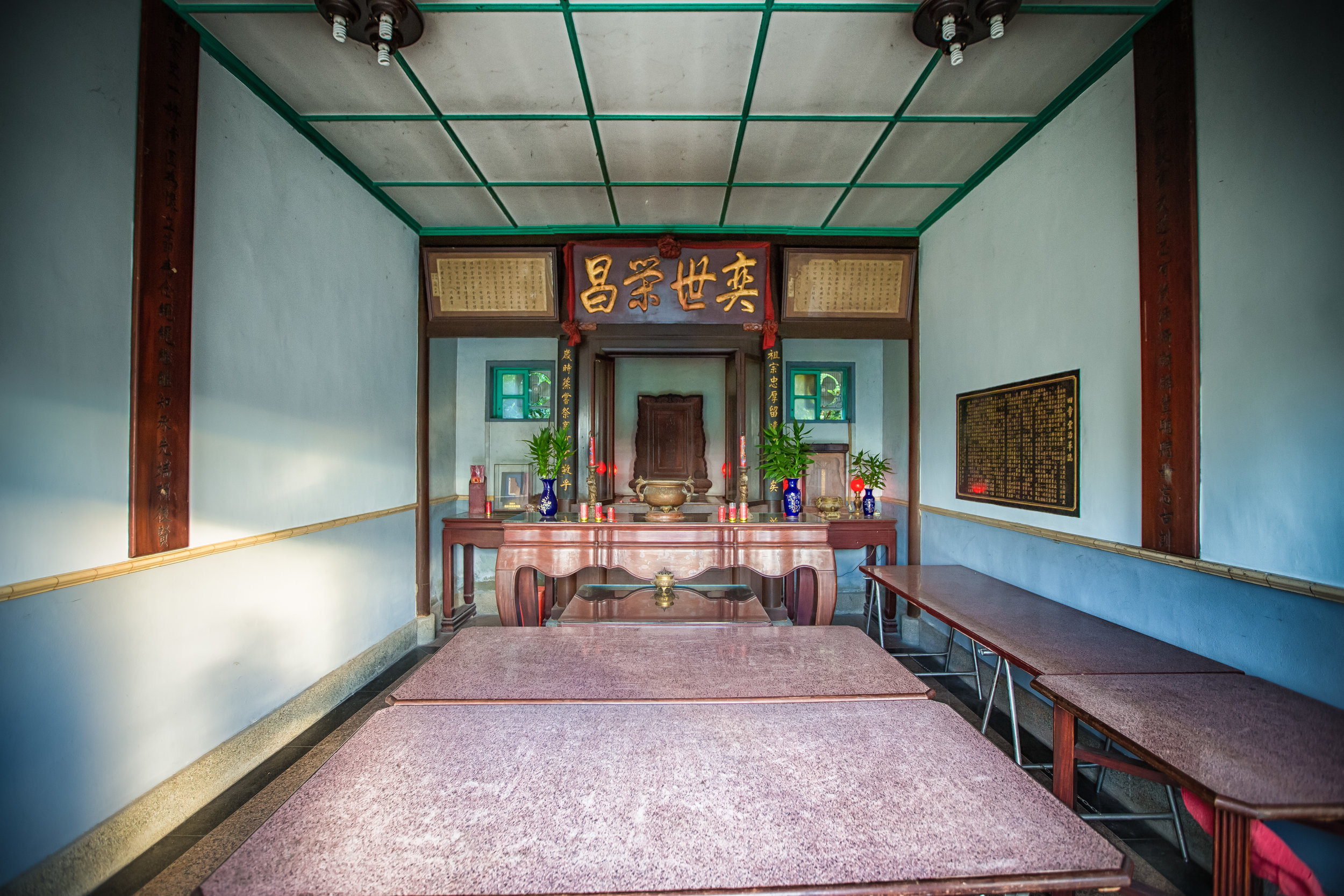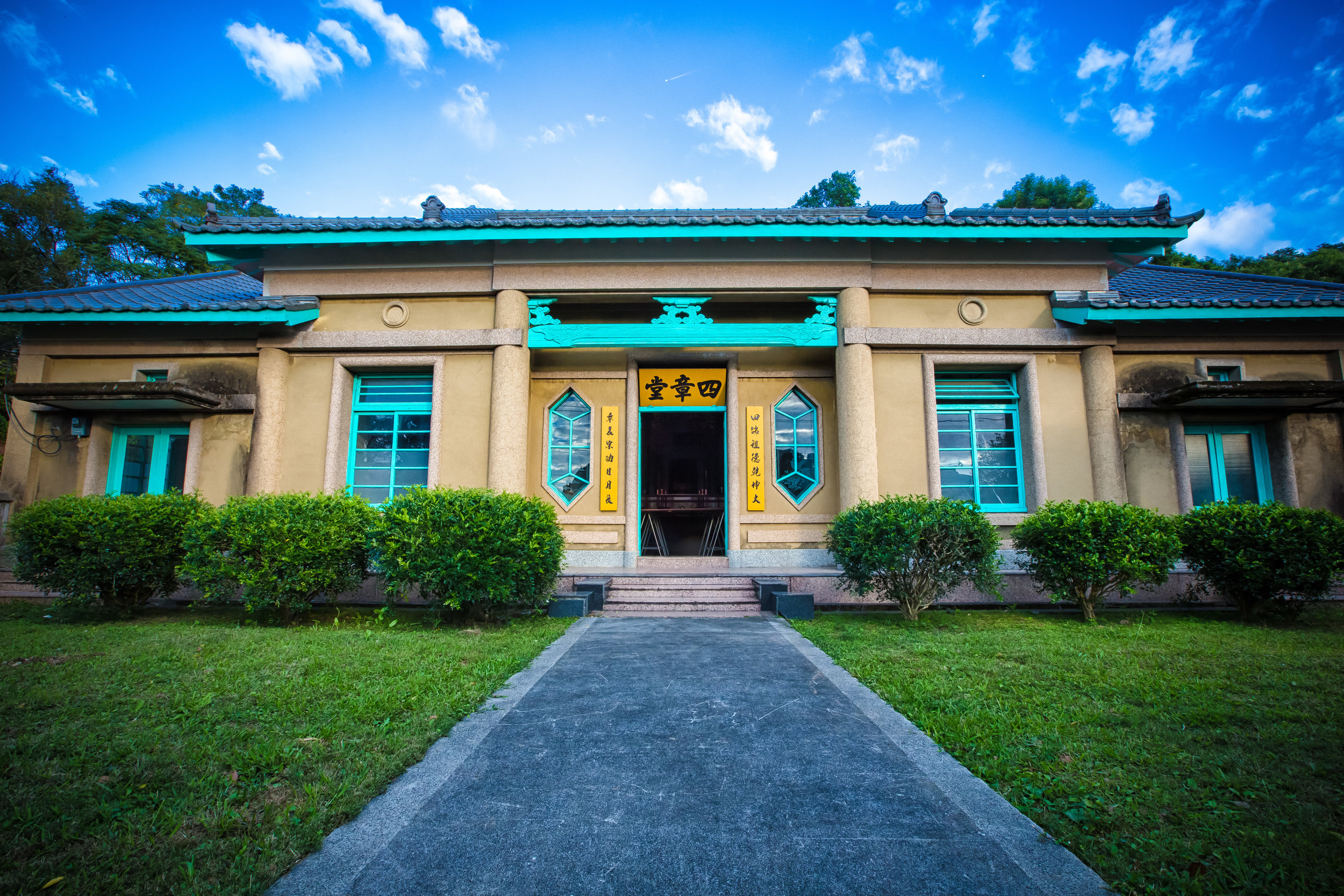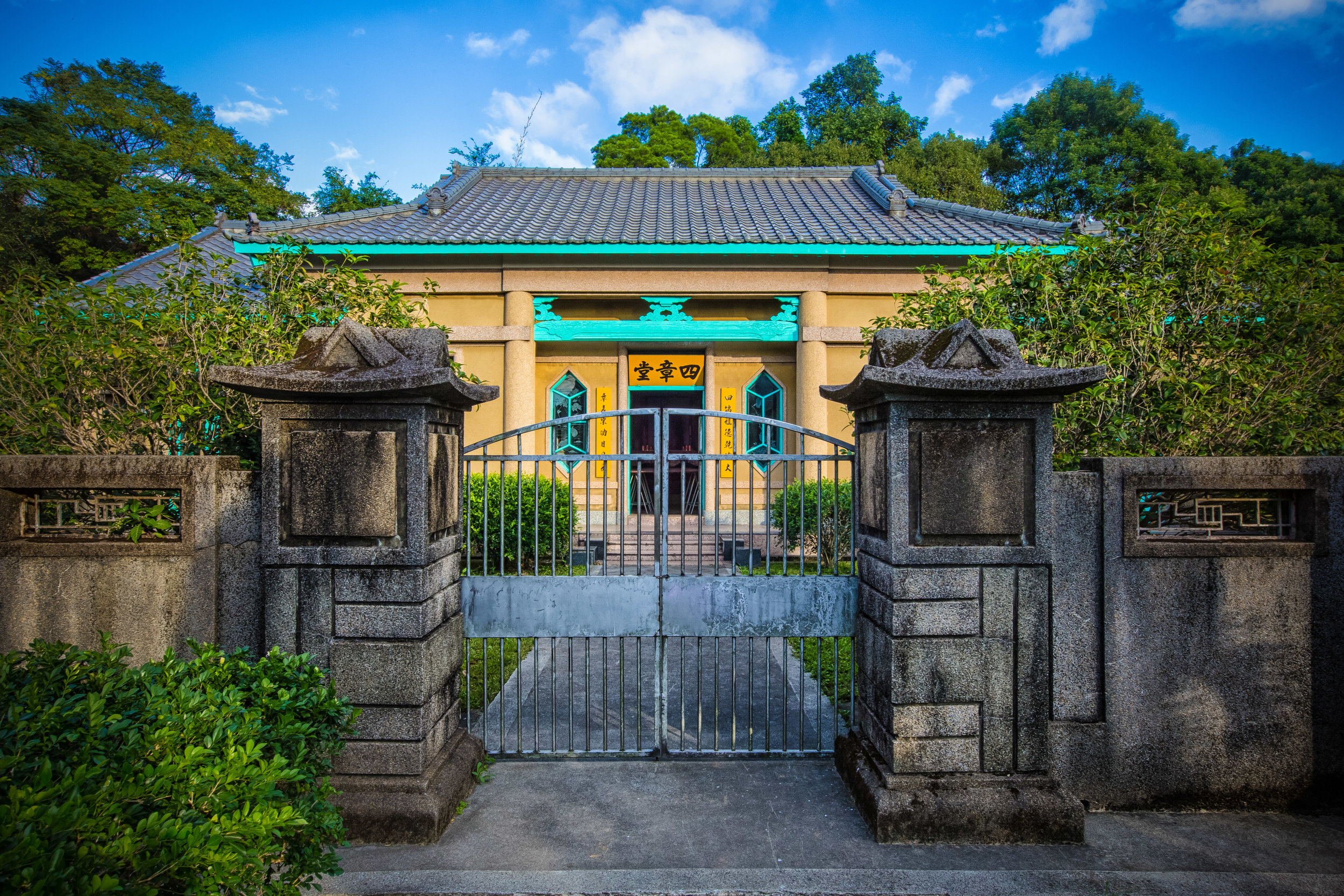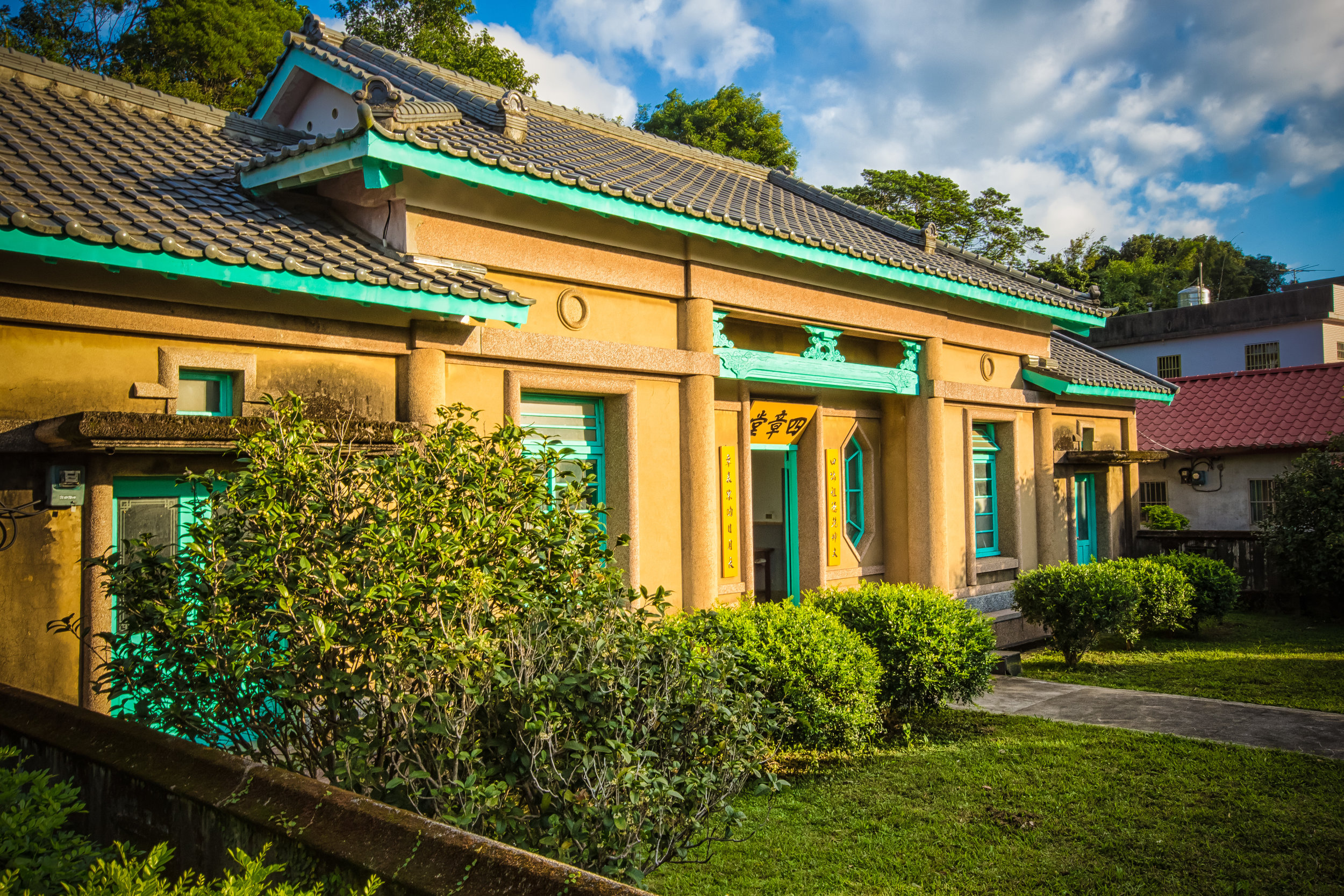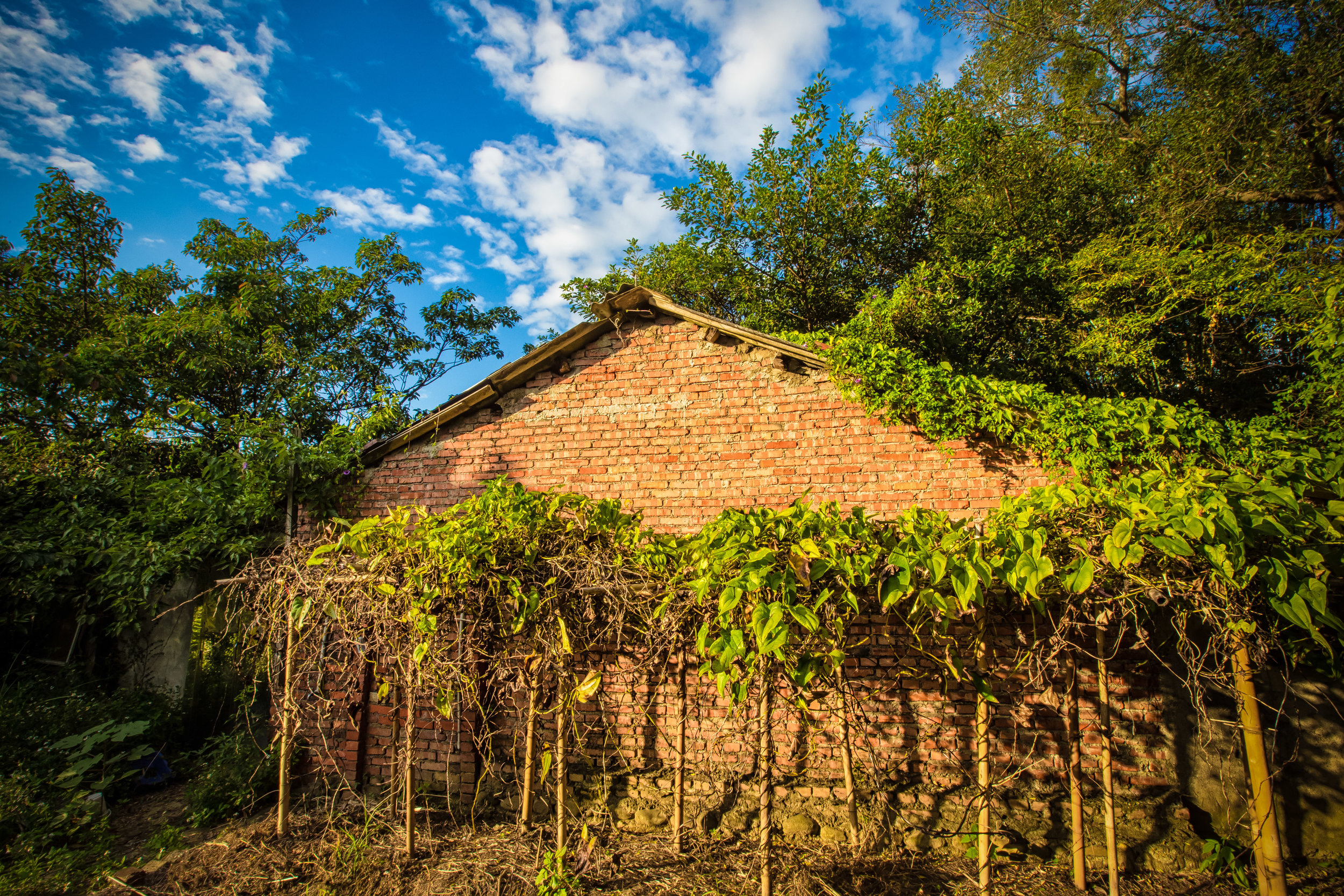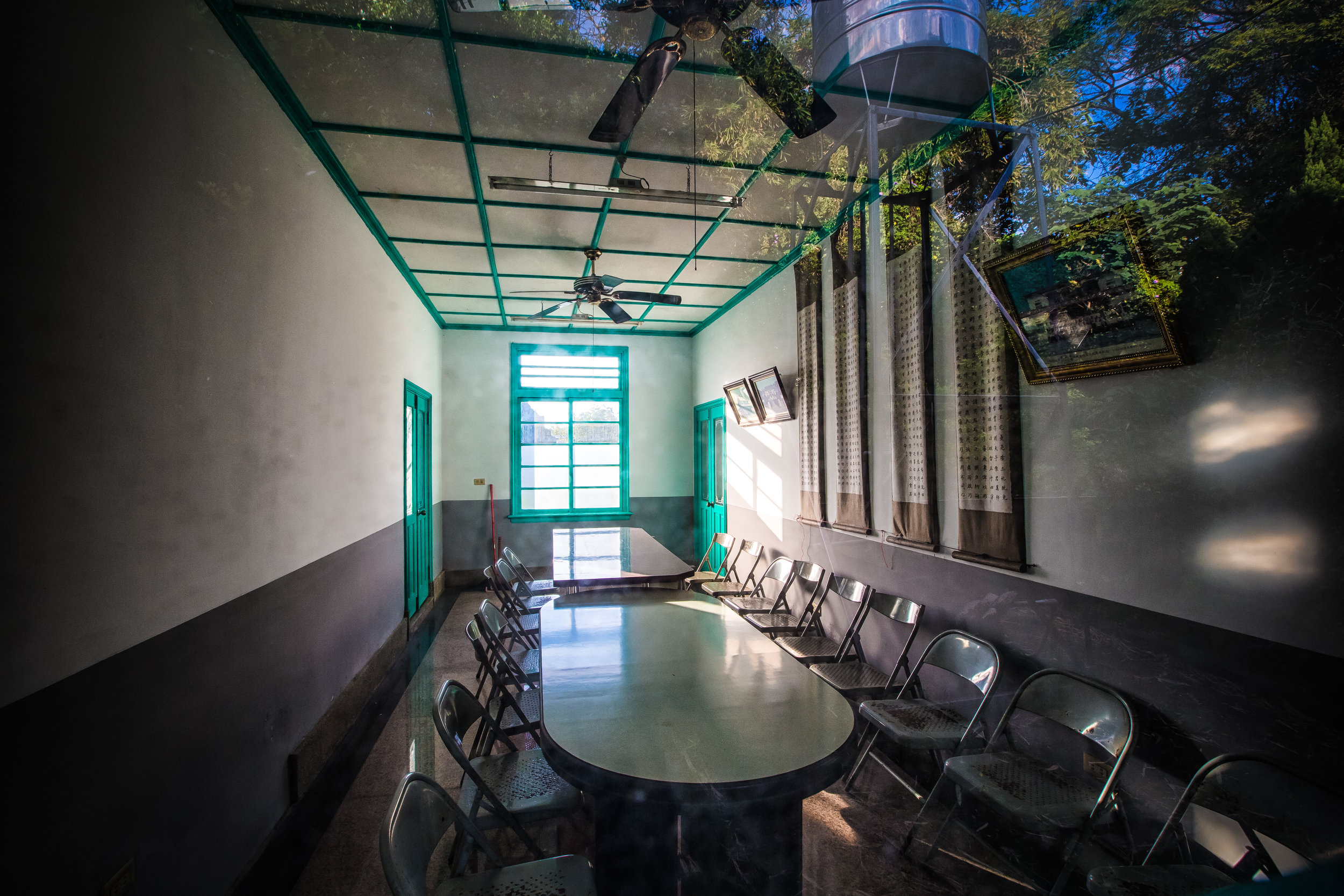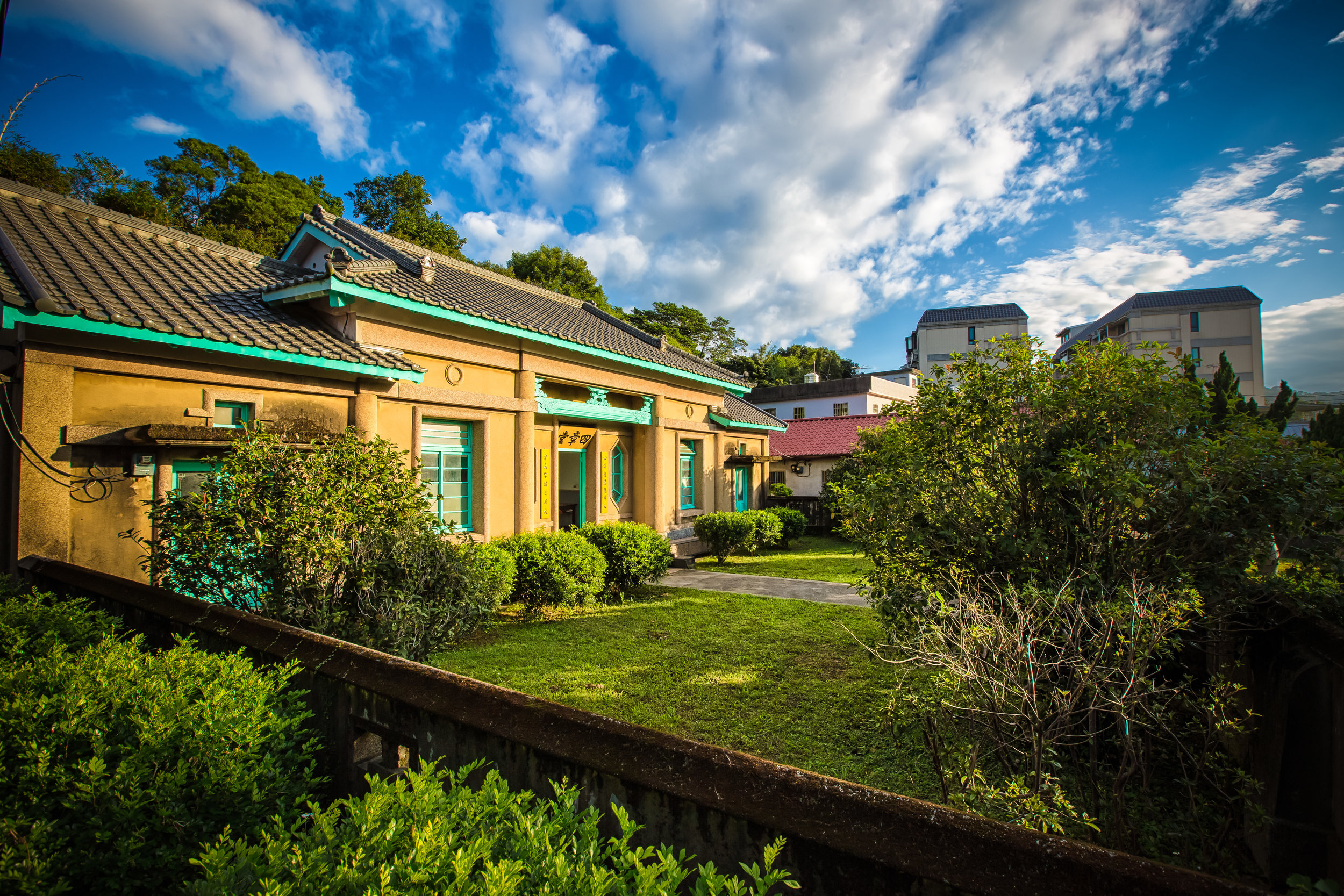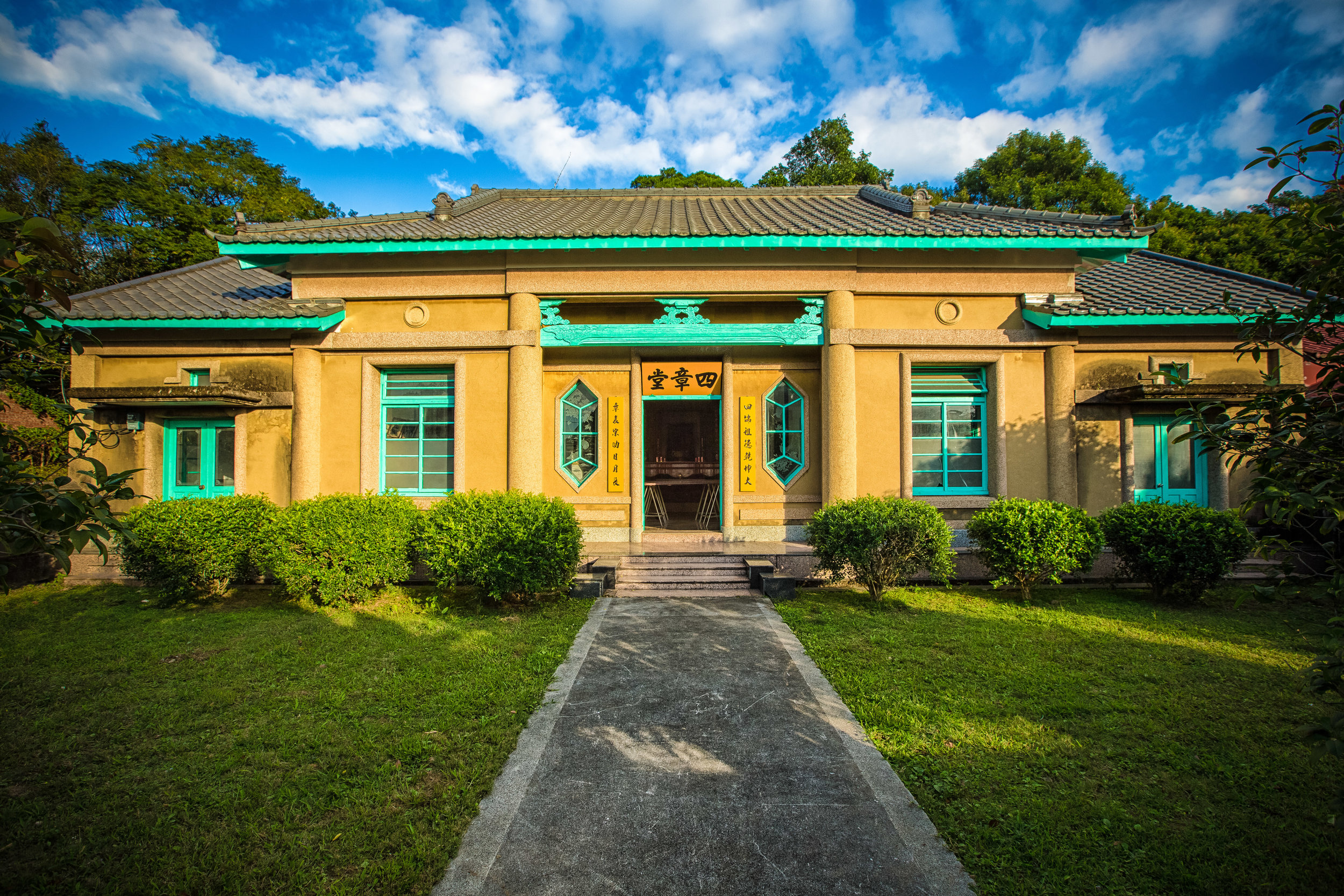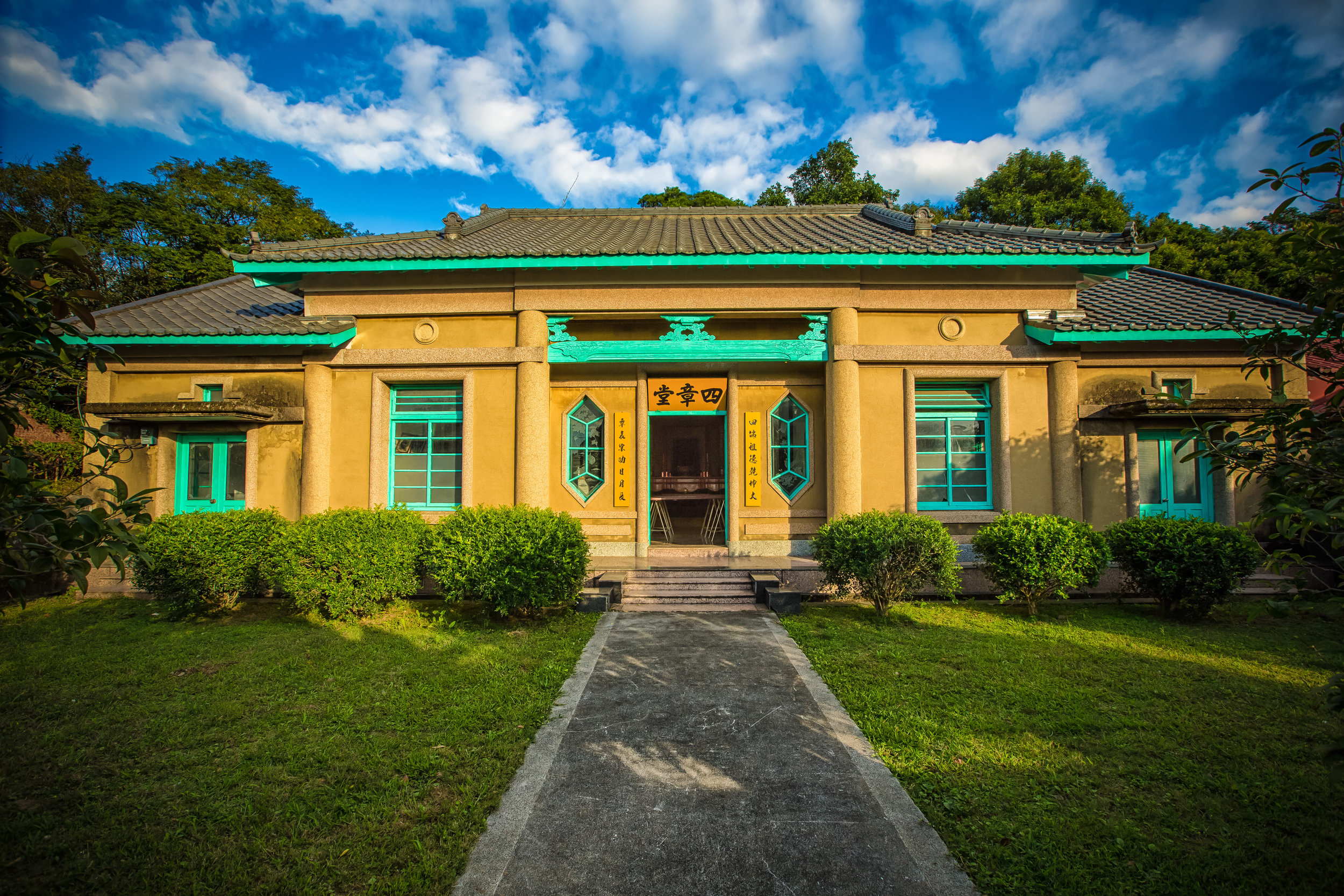Taiwan is a country with a long and interesting history - A history which in some cases is very well documented but in others is sorely lacking. There are however quite a few people both amateur and professional working hard to document the forgotten pieces to ensure that the puzzle of Taiwan's often forgotten history much clearer and easier to understand.
The problem with documenting a lot of these places is that they are disappearing at an alarming rate. This is the reason why its important that these sites are not only photographed and documented for historical preservation but also so that people learn to appreciate Taiwan's amazing history as well as to helping people realize the problems that bulldozing away your history to make way for a high-rise apartment cause.
As I've probably mentioned a hundred times in my past blog posts, my good friend Alexander has done an excellent job in his capacity as a photographer and blogger both documenting Taiwan's history, but also with his work finding and exploring abandoned buildings of historical significance.
From time to time Alexander will throw me a bone with some information on something cool that he's found. He's a busy guy and doesn't have time to explore everything, so I get to go check things out for him to see if something is of particular interest.
Last week he told me that there was 'something of note' on a certain road in Yangmei Village (楊梅) here in Taoyuan. He didn't really explain what it was, but gave me an approximate address and sent me on my way.
When I arrived, I found a beautiful old building in the middle of a farming community. The building, like a lot of larger countryside buildings of its time sat in the middle of a field with pretty much nothing else around it.
The hall, which is known as the "Four Brothers Hall" (四章堂) was built in 1938 (昭和13年) during the Japanese Colonial Period as a memorial to a group of brothers who came to Taiwan in 1776 (乾隆41年). It is quite common in Chinese ancestral worship to commemorate family members who achieved something of importance and it seems that the four "Fu" (傅) brothers for whom the hall is dedicated were hard workers who ensured that their family members who came after them would enjoy a happy and prosperous life in their new home in Taiwan.
The four brothers who came to Taiwan from Guangzhou Province's Jiaying Prefecture (嘉應州) - which is today named Meizhou City (梅州市) - made the arduous trip across the Taiwan strait and settled in the Taoyuan valley working hard to build a prosperous home for their family.
In Chinese culture, the naming of children is a serious affair and there are a lot of things to take into consideration when a child is born. It is quite common for people to visit a temple, consult the zodiac or a fortune teller to find out if a name is suitable for a child. It is also common for each child in the family to share a specific character as part of their name - which is a quite brilliant if you are into genealogy.
In this case, the four "Fu" (傅) brothers who migrated to Taiwan each had the character "zhang" (章) as the third character in their names (榮章,麒章,麟章,發章) which is why the hall was later literally named the "Four Zhang Hall" (四章堂).
When the family constructed the building in honour of their ancestors, they used modern techniques to build a structure that would imitate a traditional building. Instead of using wood or clay, they used cement which reinforced the structure and has allowed it to survive all these years.
In addition to using modern building materials, the family didn't use the traditional architectural style of their ancestors but that of modern Japanese architecture. The building contains elements of Chinese design however in the interior, but the exterior and the tile roof were both of Japanese origin.
The interior of the building remains traditional however with three different rooms. Upon entering the building you come up to the shrine area where spirit tablets (神位) are placed in honour of the four men. To the left is a small room that looks like it is used for meetings while the room on the right is much larger and is pretty much empty.
It is hard to tell actually what the rooms to the side are used for these days as the room to the left has a large table with chairs all around it while the the one on the right is almost completely empty. It seems like the perfect place for a community meeting place or a Boy Scout meeting though.
Truthfully, there isn't much to see here and the building hasn't been developed for tourism, so it doesn't really warrant a trip to check it out. I'm not particularly sure if the building is open to the public or not as (even though the front door was wide open) the gate was closed when I visited. This didn't really stop me however and I walked in to check out the shrine and also walked around the walled perimeter of the building.
If you're in the area, by all means, check it out. The Taoyuan City Government website says that visitors who stop by to check out hall should at least plan for a two hour stay. I'm still confused as to whether or not that two hours includes travel back and forth from Taipei. Five minutes is pretty much all the time that is required to check this one out!
Gallery / Flickr (High Res Shots)
